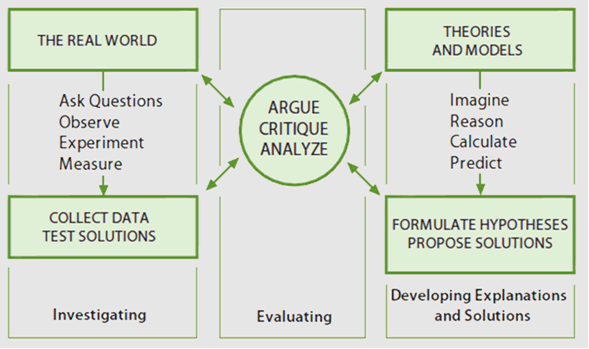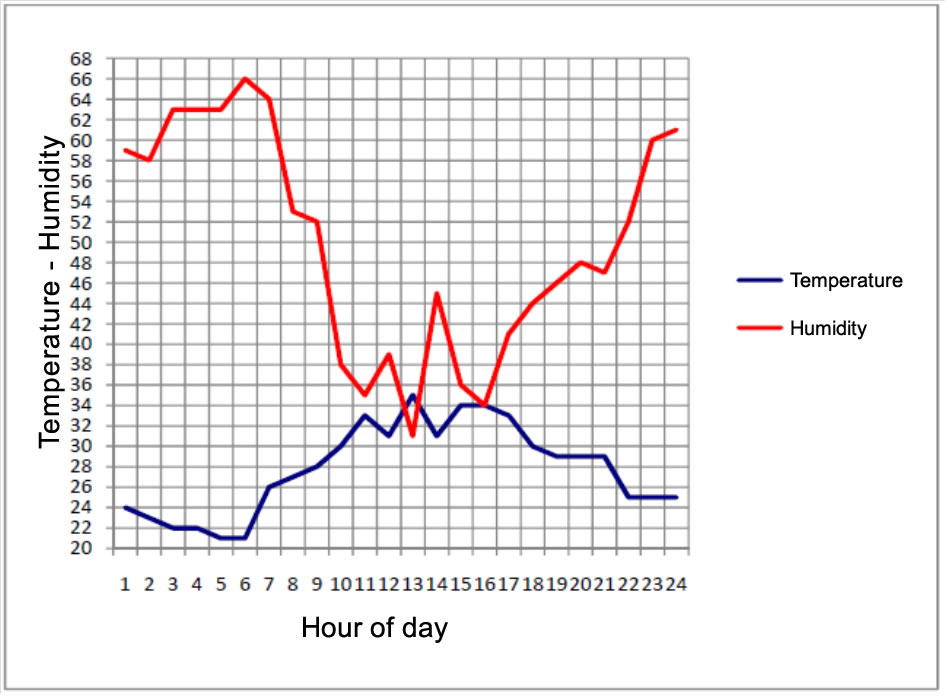Activity 1
During the 1st week of the launch of the project, temperature and humidity measurement tests from sensor STH11 will be carried out in absence of living cells and with the temperature variation within a range of 1.5 °C so that we put up the basis of our work (the scientific method) that, through observation and data collection allows us to have a starting point for further correlation to the biological process under study.

Later down the data collection tables are established for their later interpretation with Excel, or other data processing programs with which the student, supervised by their teacher, will be more accustomed to using, in which the various parameters of measurement will have been distributed in relation to the days that they connect to the sensors of the remote lab.
Data from the sensor that measures the temperature will be collected, varying the temperature every two days in the range of 0.5 ºC providing us the environmental humidity measurement.
With these data students will draw a graph showing the importance of temperature and its correlation with the prevailing humidity inside the incubator over the observation days. This will be support materials for explanation: why during the activity with fertilized eggs, the temperature and humidity should be not changed in an incubator. By way of example we have a representation of a graph that relates, in this case, temperature and environment's humidity on the hours of the day. Likewise, we can do the same with the incubator without eggs where the temperature is changed every two days to see how the moisture changes inside it and the importance in the development of the vital development of the egg. For this reason, during the actual experiment, the temperature will remain within the best settings for the best development of chicken embryos.

In this graph environmental values of a summer day have been considered.
There is also the possibility that if a student-researcher was unable to take any of the data, they can be provided by the exchange of photographs that every student-researcher has at the beginning of the experiment as a counter to obtain the various data throughout the entire project. When the counter is set to zero, the student-researcher will not be able to access details of the experiment, so it is important to set priorities when taking data.